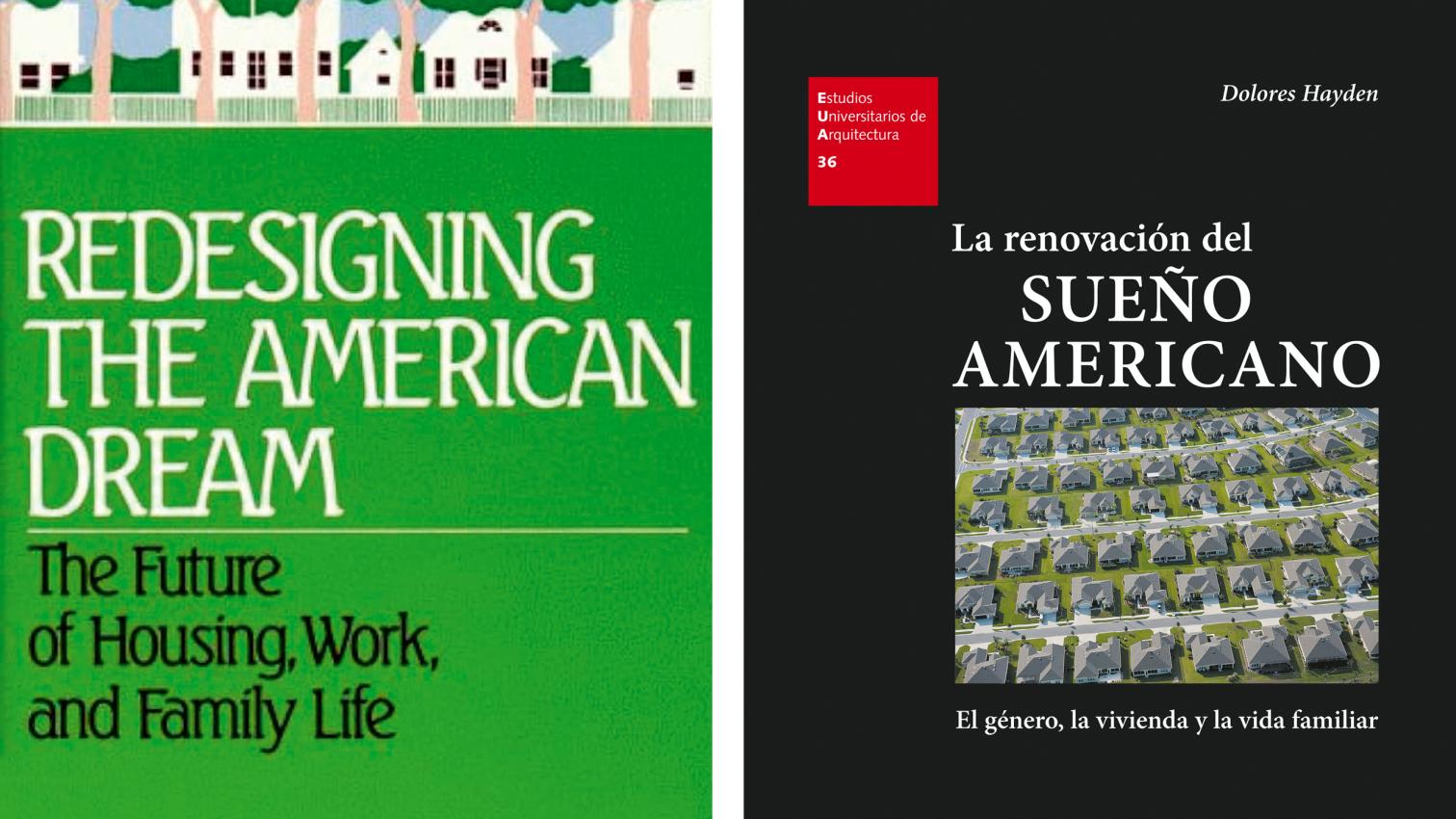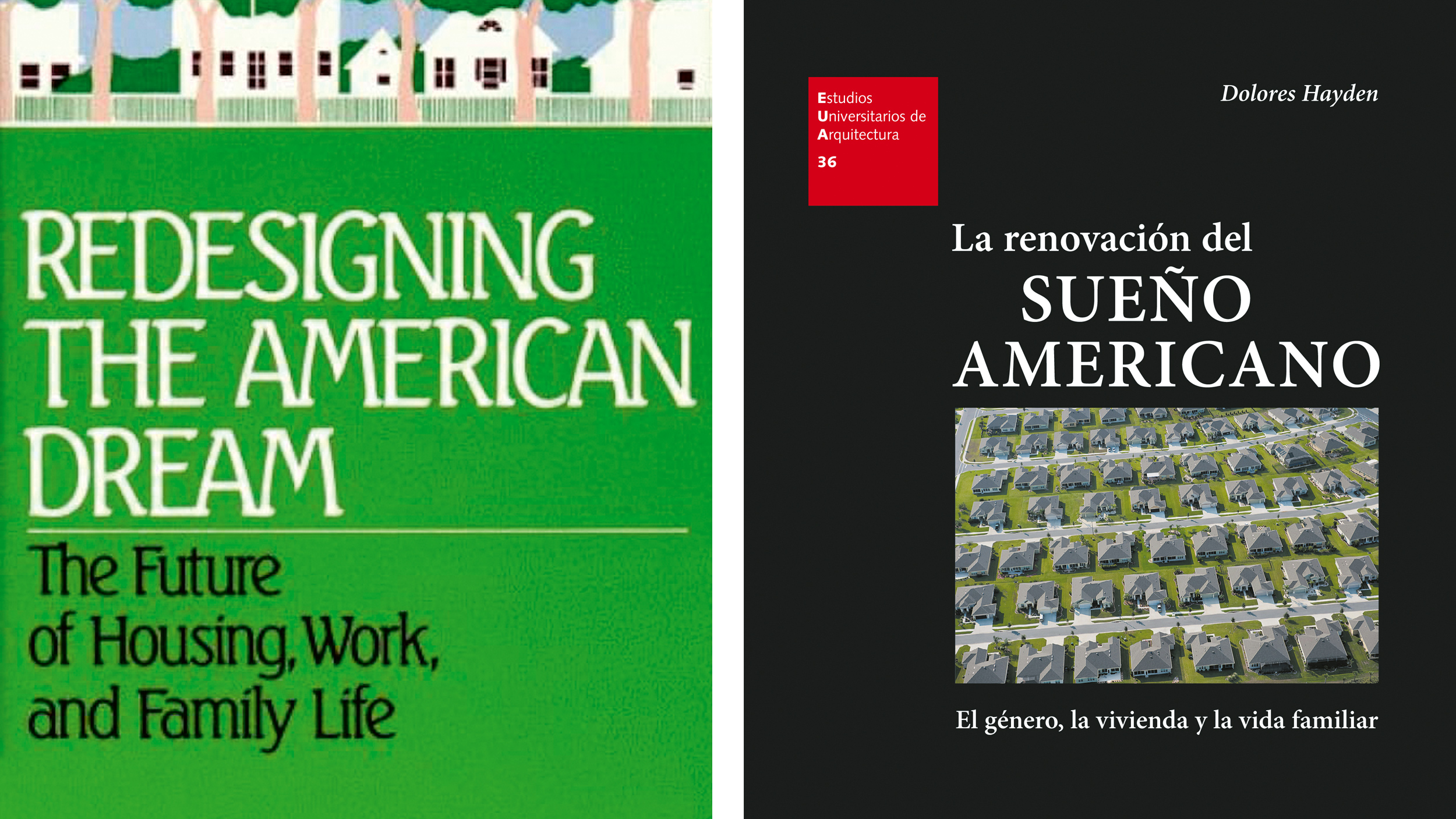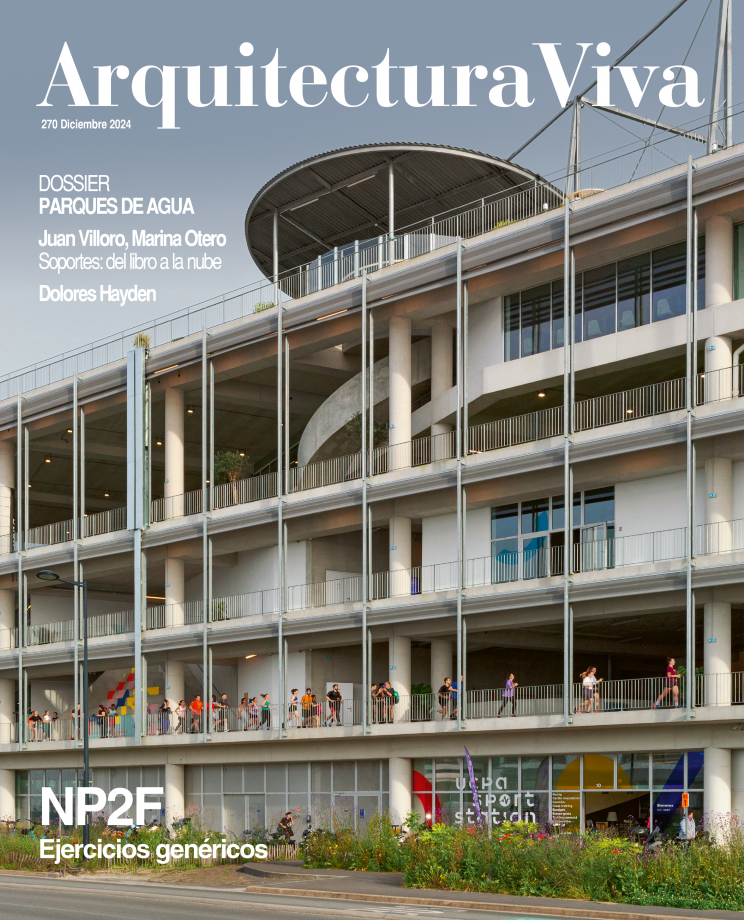
I am delighted my book from 1984, updated in 2002, is appearing in Spain in 2024. The questions I first raised in the United States forty years ago remain urgent ones. Cities planned around the old idea that “a woman’s place is in the home” have become more and more difficult to navigate. Women have entered the paid labor force in larger and larger numbers, handicapped by what I call the “architecture of gender,” the isolation of single-family houses from necessary child care and public transportation. The US still has no national child care policy.
Since 1984, the two-parent family with children has declined. Single-person households, both young and old, have increased along with single parents. Adequate housing of any kind has never reached all American families. In 2019, Keeanga Yamahtta-Taylor’s Race for Profit defined ‘predatory inclusion,’ documenting how racist exclusion and redlining in housing gave way to racial capitalism in the United States. The same year, Aaron Glantz’s Homewreckers explained how massive mortgage foreclosures in 2008 and 2009 allowed corporations to profit. Headed by men who later became Trump appointees and allies, corporations acquired hundreds of thousands of foreclosed houses, changing them to ‘rent-to-own’ properties with heavy fees, generating a profitable foreclosure cycle similar to old-fashioned balloon mortgages. Glantz calls them ‘vulture capitalists.’ Rent-to-own corporations caused rising prices for individual buyers as corporations outbid them. High housing costs have increased evictions and homelessness, well documented in Matthew Desmond’s Evicted.
Unlike the USA, European democracies tend to support child care and paid parental leave, as well as providing public housing and national health care. In 1994, the European Charter for Women in the City said: “Daily life as seen through a woman’s eyes must become a political issue,” and “Rediscover the city through women’s eyes. Abolish Stereotypes.” Many EU countries have established ‘Gender Mainstreaming’ programs like those run in Vienna since the 1990s by Eva Kail. European architects and planners, including Inés Sánchez de Madariaga, have documented the path to Fair-Shared Cities with projects promoting gender equity in transportation, housing, park design, and safety on the streets. Perhaps the best term to describe these projects is an ‘urbanism of care.’
Caring work is what sociologist Arlie Hochschild has named The Second Shift, the forty hours per week of nurturing of home, children, and the elderly, that a female, male, or non-binary person must take on after forty hours paid work in a factory or an office. As Nancy Folbre wrote in her book on economics and family values in 2001, The Invisible Heart, “the invisible hand of markets depends on the invisible heart of care.” Ai Jen Poo, an American labor organizer, notes: “Caring work is the work that makes all other work possible.” Nursing homes, child-care centers, and paid home-care workers for the elderly have replaced some unpaid nurturing work in the United States, but many of these services are often run by for-profit companies, staffed by low-paid female workers, often women of color or new immigrants. Employers may say they “can’t afford” to pay care workers more. Will the women and men who devote their lives to caring work ever get the support they need? Will we see cities and metropolitan regions designed around care work?






